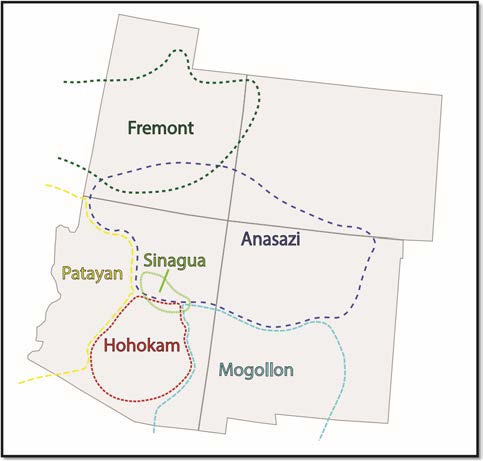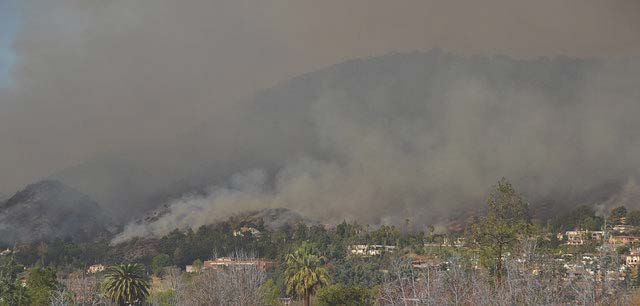8 1.8 THE HUMAN-ENVIRONMENT RELATIONSHIP
The process of spatial diffusion can be profoundly affected by the physical terrain, such as is the case with a mountain range. Because migration and transportation over mountain ranges can be limited, diffusion can be slowed or even stopped by these physical barriers. This example is but one instance of the relationship between humans and their environment. The environment can significantly affect human activities, and vice versa, humans can shape and change the Earth’s surface and its atmosphere. Two major perspectives on the human- environment relationship in the field of geography are environmental determinism, which has been largely rejected, and possibilism. Environmental determinism is the idea that the natural or physical environment shapes and creates cultures; in other words, the environment essentially dictates culture. For example, environmental determinists in the 1920s thought that people who lived in the tropics were slothful and backward because finding food in the tropics was thought to be rather easy. In contrast, Europeans, who lived in “stimulating” climates with a sharp change in seasons were more industrious and inventive. The racist undertones of this sort of perspective is clear, but modern geographers still recognize the definitive impact of the environment on societies, as can be seen, for example, in the theorized demise of the Anasazi people in the American Southwest because of extended drought (Figure 1.14).

Figure 1.14 | Indigenous People of the Four Corners Extent of Anasazi and other indigenous people, U.S. Southwest.3
Author | Corey Parson, User “Theshibboleth”
Source | Wikimedia Commons
License | CC BY SA 3.0
The Anasazi, who are believed to have inhabited in the Southwestern U.S. from 100 B.C. to 1300 A.D., were ill- equipped to deal with drought, compared to those who inhabit the modern-day states of New Mexico and Arizona. In the view of possibilism, people can adapt to their environmental conditions, despite the limitations they might pose, and if a society has better technology, the people are better able to adapt and develop their culture in a number of possible ways. The possibilities are greater, hence, the term possibilism. One excellent example of possibilism is found in Dubai, in the United Arab Emirates. Although snow skiing in the Middle East may seem preposterous, plans are in place to build the longest indoor ski slope in the world in this city, where one ski slope already exists (Figure 1.15). Even technological advanced societies, however, can still be tremendously affected by the environment and have little or no control over the power of nature. The devastating impact of hurricanes in the United States, tsunamis in Japan, and fire in the United States are but a few examples (Figures 1.16 and 1.17).

Figure 1.15 | Ski Dubai
Indoor ski slope at Ski Dubai located in the Mall of the Emirates.
Author | Filipe Fortes
Source | Wikimedia Commons
License | CC BY SA 2.0

Figure 1.16 | Colby Fire, California, 2014
Colby Fire in the San Gabriel Mountains foothills.
Author | User “Eeekster”
Source | Wikimedia Commons
License | CC BY 3.0

Figure 1.17 | Tennessee Wildfires, 2016
An aerial shot of the wildfires in Sevier county.
Author | Tennessee National Guard
Source | Flickr
License | CC BY 3.0
